Introduction: The Importance of Dental Hygiene for Children
Dental hygiene is a cornerstone of overall health, and its significance cannot be overstated, especially when it comes to children. As they grow, their teeth and gums undergo rapid development, making them particularly susceptible to dental issues. From the moment their first tooth erupts, parents must instill habits that will protect their children’s oral health for a lifetime. Among these habits, the use of dental floss stands out as a crucial yet often overlooked practice. In this article, we will explore the necessity of flossing for children, its benefits, and practical tips to make this routine both effective and enjoyable.
Understanding Plaque: The Silent Enemy
Plaque is a sticky film of bacteria that constantly forms on teeth and along the gum line. If left undisturbed, it can harden into tartar, a calcified deposit that brushing alone cannot remove. Plaque is the primary cause of cavities, gingivitis, and other dental problems. Children’s teeth are more prone to cavities because their enamel is thinner and their habits may not yet be consistent.
Brushing twice a day with fluoride toothpaste is essential, but it only cleans the surfaces of the teeth that the toothbrush can reach. This is where flossing comes in—it targets the areas that a toothbrush can’t access, such as the tight spaces between teeth and under the gum line.
The Benefits of Flossing for Children
- Prevention of Cavities:
Flossing disrupts plaque buildup in between teeth, reducing the risk of cavities. Early childhood cavities, known as early childhood caries (ECC), are a serious problem. They can lead to pain, infection, and even tooth loss if not treated promptly. Regular flossing helps keep teeth strong and cavity-free. - Gum Health:
Healthy gums are the foundation for a strong smile. Flossing removes plaque and food particles stuck between teeth, preventing gingivitis—an inflammation of the gums caused by plaque buildup. Maintaining gum health is crucial as it supports tooth structure and prevents more severe issues like periodontitis. - Spacing and Alignment:
Proper spacing between teeth is essential for proper alignment and bite function. Flossing helps prevent the buildup of debris that can push teeth out of alignment, reducing the need for orthodontic interventions later in life. - Teaching Responsibility:
Incorporating flossing into a child’s daily routine fosters a sense of responsibility and self-care. As they grow older, this habit will become second nature, setting the stage for lifelong oral health. - Cost Savings:
Preventive dental care, including flossing, is far less expensive than treating dental problems. By instilling good habits early, parents can save money on future dental treatments and maintain their child’s oral health without extensive interventions.
When to Start Flossing
The American Dental Association (ADA) recommends that children start flossing once their teeth begin to touch each other, typically between ages 2 and 3. However, it’s important to note that flossing for young children should be done by a parent or caregiver until they develop the coordination and manual dexterity to do it themselves effectively, usually around age 7 or 8.
How to Floss a Child’s Teeth
- Choose the Right Floss:
There are various types of dental floss available, including waxed, unwaxed, flavored, and even floss picks. For children, it’s best to start with a gentle, flavored floss to make the experience more appealing. - Correct Technique:
- Wrap the floss around the middle fingers of both hands, leaving a short section to work with.
- Gently guide the floss between two teeth using a gentle rubbing motion.
- Curve the floss into a C-shape against one tooth and slide it up and down under the gum line.
- Repeat this process for each tooth space, using a clean section of floss for each pair of teeth to avoid spreading bacteria.
- Be Gentle:
Remember to use a gentle hand to avoid hurting the gums. Children’s gums are more sensitive, so be cautious and patient. - Make It Fun:
Turn flossing into a game or a routine that’s associated with something enjoyable, like a story or a song. This can make the process more appealing and help your child look forward to it.
Challenges and Solutions
Despite its importance, getting children to floss can be a challenge. Here are some strategies to overcome common obstacles:
- Resistance to the Routine:
Children may resist adding another step to their bedtime or morning routine. To combat this, involve them in choosing their floss color or flavor, or make it a part of a larger reward system for completing their dental hygiene tasks. - Lack of Coordination:
Younger children may struggle with the motor skills required for effective flossing. Parental assistance is key during these early years. As they grow, practice and patience will help them develop the necessary skills. - Finding the Time:
Busy schedules can make it difficult to fit flossing into the day. Establish a consistent routine, such as flossing right after brushing in the morning and before bed, to ensure it becomes a non-negotiable part of the day.
Role of Dental Professionals
Dental professionals play a pivotal role in reinforcing the importance of flossing and good oral hygiene practices. Regular dental check-ups provide an opportunity for dentists to assess a child’s oral health, offer personalized advice, and recommend products that suit their needs. Moreover, dental hygienists can demonstrate proper flossing techniques and answer any questions parents or children might have.
Parental Involvement: Leading by Example
Children are more likely to adopt and maintain habits they see their parents practicing. By making dental hygiene a family affair and flossing regularly in front of your child, you set a positive example. Share the reasons why flossing is important and involve your child in discussions about their dental health, fostering an environment of openness and care.
Conclusion: A Lifetime of Healthy Smiles
The journey to healthy teeth and gums for children begins with establishing good oral hygiene habits, and flossing is a cornerstone of this foundation. By understanding the benefits of flossing, choosing the right tools, and adopting effective techniques, parents can help their children build a solid foundation for lifelong oral health. With patience, consistency, and a bit of creativity, flossing can become a fun and rewarding part of every child’s daily routine, leading to sparkling, healthy smiles for years to come.

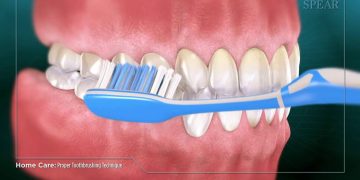
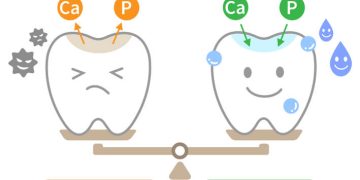
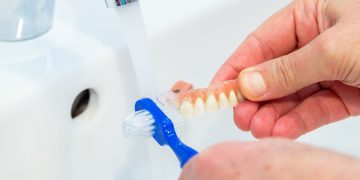




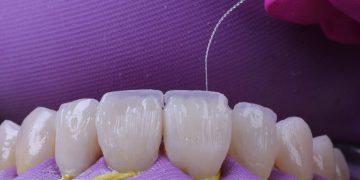
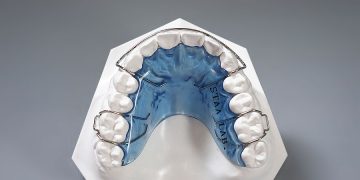

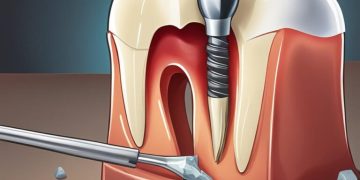

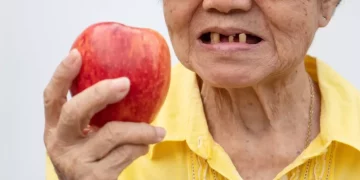



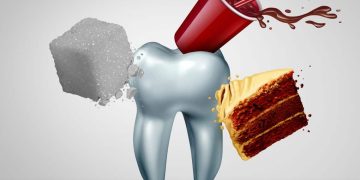



























Discussion about this post